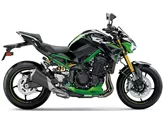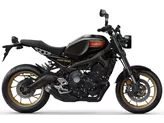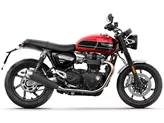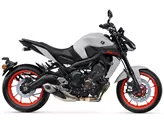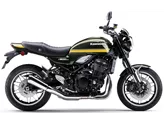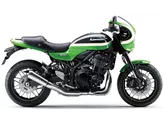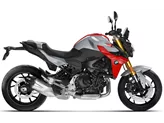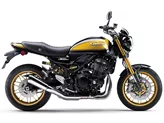Kawasaki Z900 SE 2022 vs. Kawasaki Z900 RS 2018
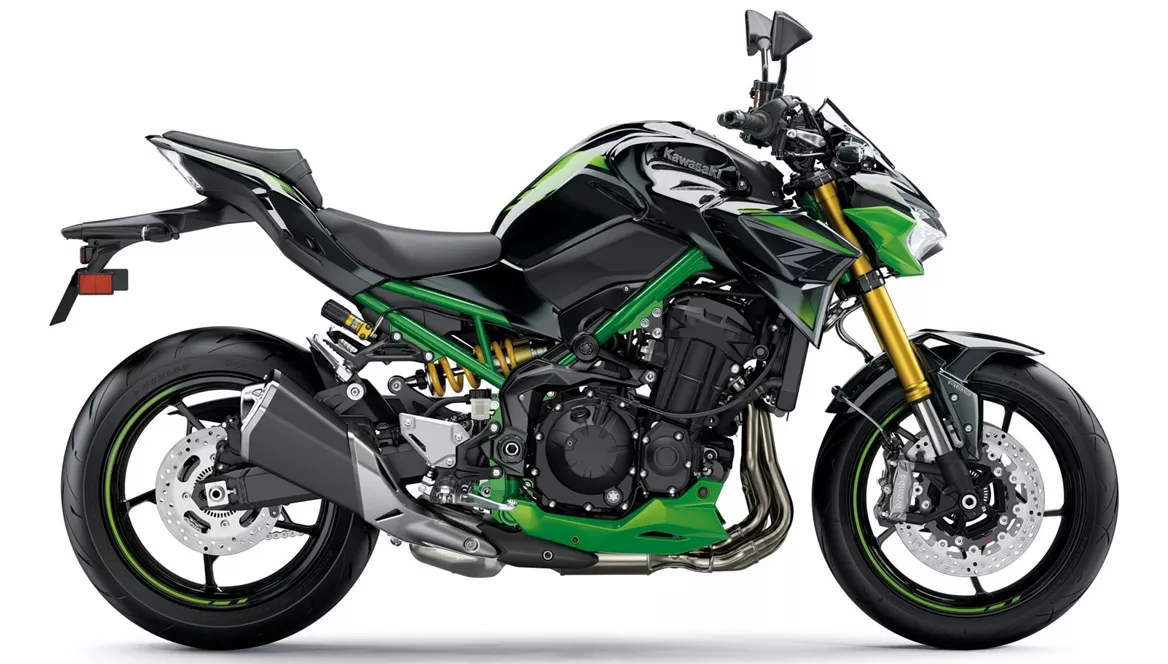
Kawasaki Z900 SE 2022

Kawasaki Z900 RS 2018
Overview - Kawasaki Z900 SE 2022 vs Kawasaki Z900 RS 2018
The Kawasaki Z900 SE 2022 and the Kawasaki Z900 RS 2018 are both naked bikes with similar technical specifications. They both have an inline engine with a displacement of 948ccm and liquid cooling. They also have the same torque output of 98.6 Nm and fuel injection systems.
In terms of power, the Z900 SE 2022 has a slight advantage with 125.4 HP compared to the Z900 RS 2018's 111 HP. This makes the Z900 SE 2022 more powerful and potentially faster.
Both bikes feature upside-down telescopic forks in the front suspension and swing arm suspension with a monoshock in the rear. They also have adjustable settings for compression, preload, and rebound, allowing riders to fine-tune their riding experience. The rear suspension material is made of aluminum in both models.
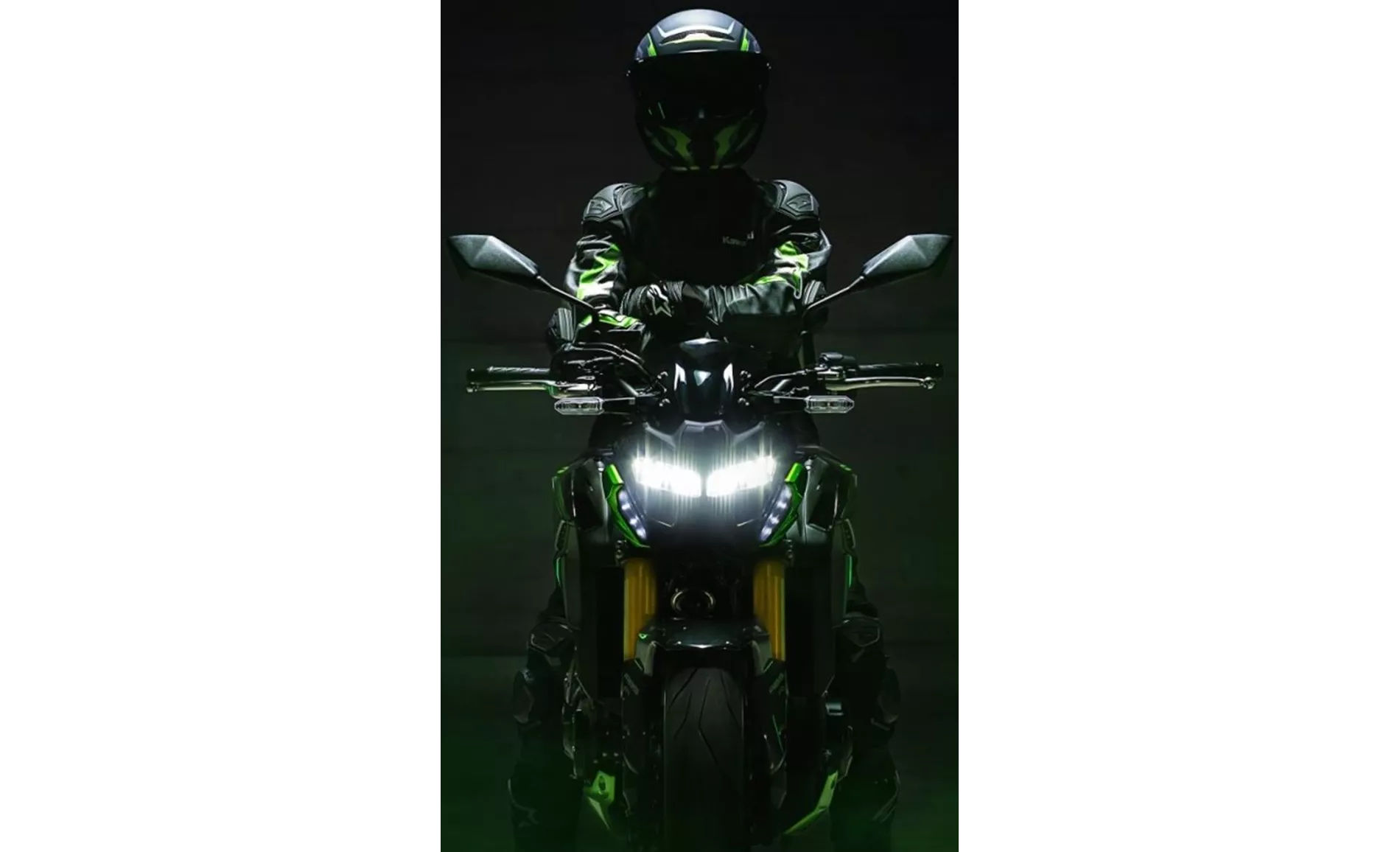
Kawasaki Z900 SE 2022
In terms of the chassis, both bikes have a steel frame. However, the Z900 SE 2022 has a double cradle frame type, while the Z900 RS 2018 has a tubular frame type. This may result in slight differences in handling and rigidity.
Both bikes are equipped with double disk brakes in the front, with a diameter of 300mm and four pistons. This provides strong braking power and control. Additionally, both models feature advanced rider assistance systems such as ABS, ride by wire, and traction control, enhancing safety and performance.
In terms of dimensions and weights, both bikes have the same front and rear tire width and diameter. However, there are slight differences in wheelbase and seat height. The Z900 SE 2022 has a wheelbase of 1450mm and a seat height of 795mm, while the Z900 RS 2018 has a wheelbase of 1470mm and a seat height of 835mm. This may result in slight variations in stability and riding position.
In terms of weight, the Z900 SE 2022 is slightly lighter with a kerb weight of 210kg compared to the Z900 RS 2018's 215kg. This may contribute to better maneuverability and agility.

Kawasaki Z900 RS 2018
The Z900 SE 2022's strengths lie in its powerful engine, high-quality chassis components, strong brakes, good ergonomics, and easy handling on the racetrack. However, it does have a weakness in the absence of a quickshifter.
On the other hand, the Z900 RS 2018's strengths include its powerful and smooth engine, good looks, comfortable seating position, and easy-to-ride nature. It also has balanced handling that is neither nervous nor ponderous. However, it does have weaknesses such as the lack of a shift assistant, being heavier than other retro bikes in its class, a seat that may be too soft on long tours, and no wind protection.
Overall, both the Kawasaki Z900 SE 2022 and the Kawasaki Z900 RS 2018 are impressive naked bikes with their own strengths and weaknesses. The Z900 SE 2022 offers more power and potential for a thrilling ride, while the Z900 RS 2018 combines style, comfort, and ease of use.
Technical Specifications Kawasaki Z900 SE 2022 compared to Kawasaki Z900 RS 2018
Pros and Cons in comparison
Pros and Cons in comparison
Kawasaki Z900 SE 2022
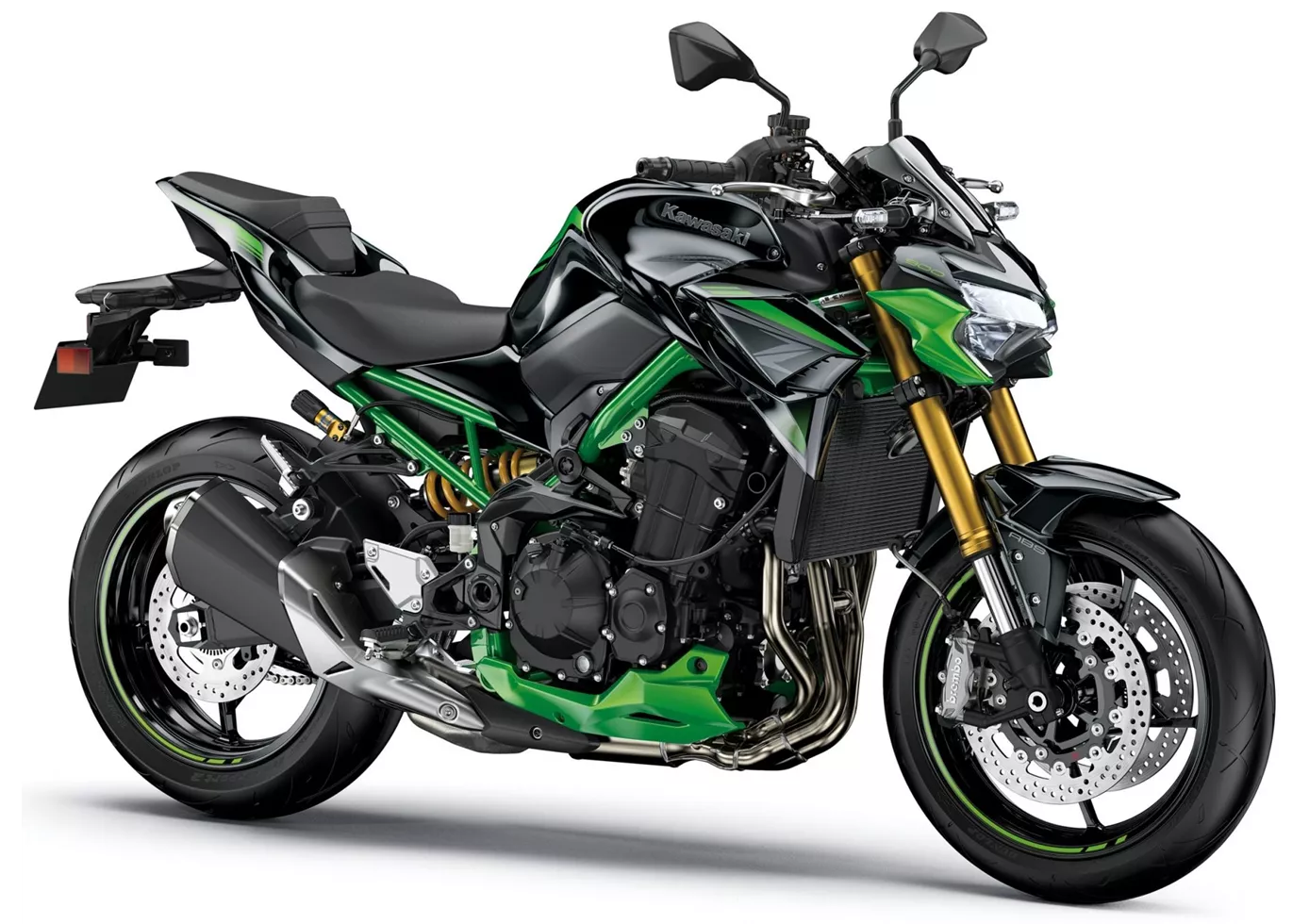
The SE is a worthy further development of the already very sporty and good-natured Kawasaki Z900. But now sporty owners can also do fast laps on trackdays without making any major compromises. The components from Öhlins and Brembo bring real added value, so that the only thing missing is the quickshifter.
Kawasaki Z900 RS 2018

Its four-cylinder is silky smooth while delivering enough power to make you grin under your helmet. It is also very easy to move, which should make it a great commuter bike in everyday life and serve as an iconic fun bike at the weekend. The looks find the perfect straddle of classic design and modern details to form a coherent retro package that is also a worthy tribute to Kawasaki history. It's a great naked bike with a snazzy look.
Price Comparison Avarage Market Price Kawasaki Z900 SE vs Kawasaki Z900 RS
There are a few key differences between a Kawasaki Z900 SE 2022 and a Kawasaki Z900 RS 2018. In terms of price, the actual average price of a Kawasaki Z900 SE 2022 is about 10% higher. Compared to Kawasaki Z900 RS 2018 there are less Kawasaki Z900 SE 2022 bikes available on the 1000PS.de Marketplace, specifically 5 compared to 28. It takes less time to sell a Kawasaki Z900 SE with 89 days compared to 154 days for a Kawasaki Z900 RS. Since model year 2022 1000PS.de editors have written 12 reviews for the Kawasaki Z900 SE and 26 reviews for the Kawasaki Z900 RS since model year 2018. The first review for the Kawasaki Z900 SE was published on 16/09/2021 and now has more than 37,200 views. This compares to more than 63,700 views for the first review on Kawasaki Z900 RS published on 06/09/2017.



